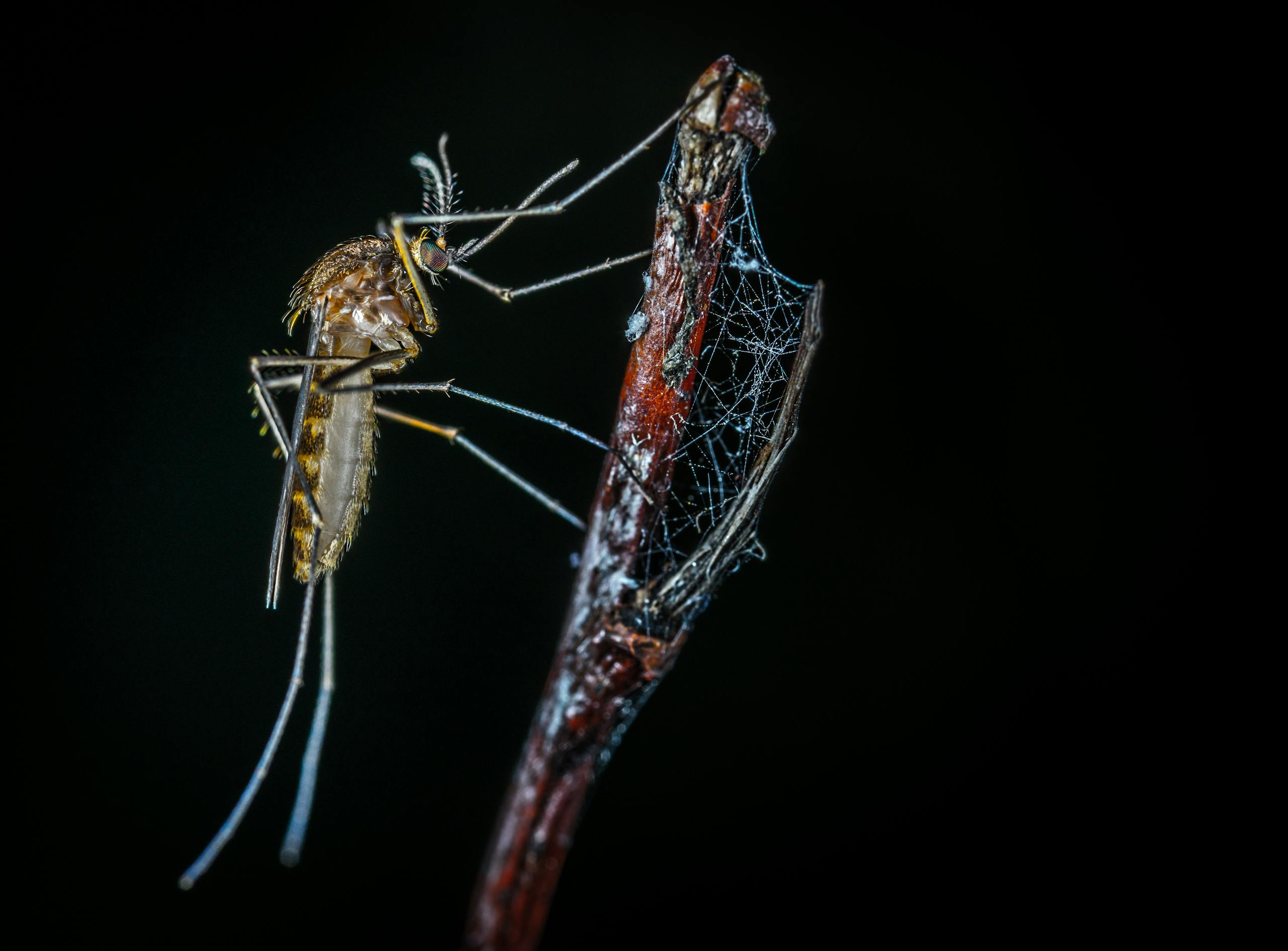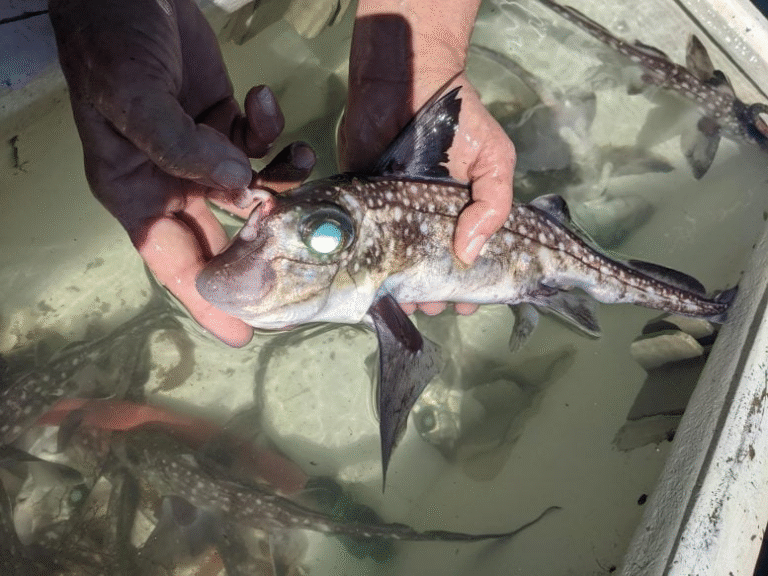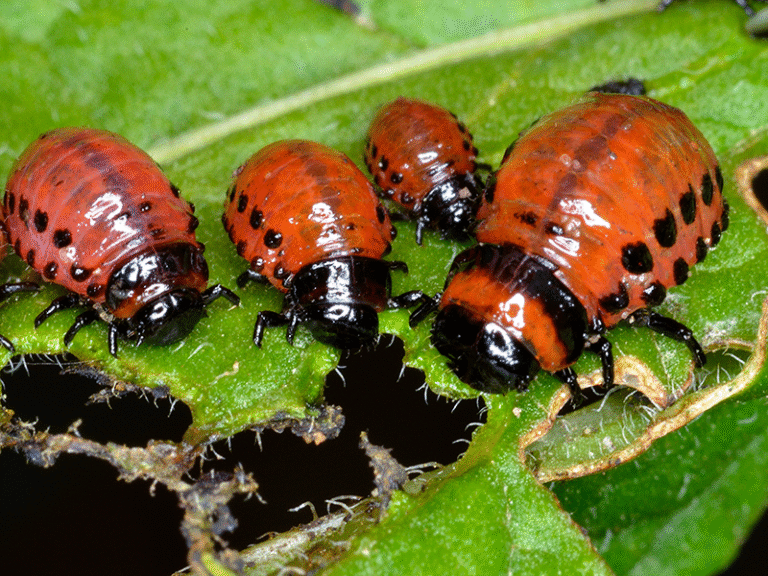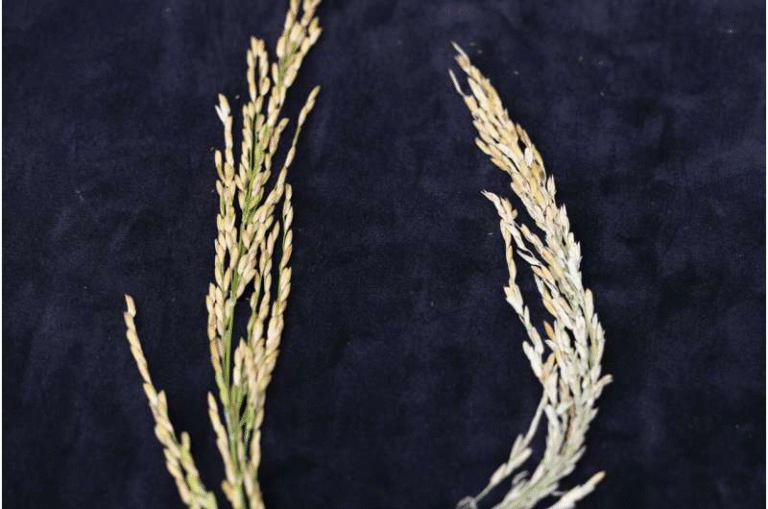Floral-Scented Fungus That Tricks Mosquitoes to Their Death Could Change Disease Control Forever

In an inventive new step toward controlling mosquito-borne diseases, scientists from the University of Maryland and international partners have created a genetically engineered fungus that smells like flowers and kills mosquitoes that come too close. The research, published in Nature Microbiology in October 2025, could mark a major shift in how we combat deadly illnesses like malaria and dengue, which together affect hundreds of millions of people each year.
The Main Discovery
The researchers worked with a species of fungus known as Metarhizium, already famous for naturally infecting and killing mosquitoes. This fungus is a biological control agent, meaning it kills pests without chemical insecticides. But this time, scientists took it a step further. They engineered the fungus to produce a sweet-smelling compound called longifolene, a chemical that’s already found in nature and commonly used in perfumes.
Why longifolene? Because mosquitoes, despite their blood-sucking reputation, also depend on flowers for nectar as a food source. They find flowers by following their scent. So, by giving the fungus the ability to imitate a flower’s fragrance, the researchers turned it into a deadly decoy — a fungus that attracts mosquitoes like a bloom but infects and kills them instead.
How the Fungal Trap Works
In nature, certain fungi release volatiles (odor-producing compounds) to attract insects. The team noticed that some of these fungi emit longifolene, which can mimic floral scents. Using this insight, they genetically modified Metarhizium pingshaense to boost the production of this chemical, creating an enhanced strain that continuously releases the sweet floral aroma.
The engineered fungus releases longifolene as soon as its spores are placed inside a container — either indoors or outdoors. The scent spreads gradually, maintaining its effect for several months. When a mosquito detects the scent and lands near it, the fungal spores stick to its body, infecting it. Within a few days, the mosquito dies.
In controlled lab and semi-field tests, the fungus was remarkably effective. It killed 90 to 100 percent of mosquitoes, even when tested in large rooms filled with competing scents from humans and real flowers.
What Makes It Special
Unlike traditional pesticides, this approach is biological, specific, and safe. The fungus targets mosquitoes only, and longifolene itself has a long safety record in consumer products like perfumes. The research team emphasized that it’s harmless to humans and other animals, and that the compound breaks down naturally in the environment.
Another big advantage is that it’s cheap and easy to produce. Metarhizium fungi can grow on simple materials such as chicken droppings, rice husks, or wheat scraps — agricultural waste products that are widely available in developing regions. This means even low-resource communities could potentially use it as a sustainable mosquito control tool.
A Potentially Evolution-Proof Strategy
One challenge with insecticides is that mosquitoes evolve resistance. They adapt, survive, and the chemicals stop working. But this new fungal trick may be nearly impossible for mosquitoes to outsmart.
If mosquitoes were to evolve to avoid longifolene, they would also have to ignore floral scents altogether — cutting themselves off from nectar, which they need to survive. It’s a built-in evolutionary trap. The researchers also noted that if mosquitoes somehow manage to adapt, the fungus could be engineered again to release additional floral odors, keeping one step ahead of the insects.
The Bigger Picture: Why This Matters
Diseases spread by mosquitoes — malaria, dengue, Zika, and others — still kill hundreds of thousands of people every year. Many of these deaths occur in Africa, South Asia, and South America, regions where chemical pesticides are expensive, hard to apply safely, and increasingly ineffective due to resistance.
The floral-scented fungus could be a game-changer for those areas. It requires no special training to use, it’s affordable, and it could stay effective for months with minimal maintenance.
With climate change pushing mosquito species into new regions, including parts of the United States and southern Europe, this innovation could become vital far beyond the tropics. Warmer temperatures and unpredictable weather create perfect breeding conditions for mosquitoes, which means more people could soon be exposed to diseases once confined to tropical zones.
The research team is now moving toward large-scale outdoor trials, the next step before regulatory approval. They emphasize that no single solution will eliminate mosquitoes entirely, but this technology could become an important addition to a diverse set of mosquito-control tools that communities can choose from depending on local conditions.
The Science Behind the Scenes
The paper details some fascinating specifics. The researchers introduced a pine longifolene synthase gene into the fungus — effectively giving it the instructions to make more longifolene. This modified strain, known as Mp-Tps BRH, proved to be highly attractive to several mosquito species, including Aedes albopictus, Anopheles sinensis, and Culex pipiens.
Even in large rooms where human scent and real flowers competed for attention, mosquitoes consistently gravitated toward the fungus. Within days, nearly all of them were dead.
The gene they added has been deposited in public databases for transparency (GenBank accession number OQ242380), and the team has filed a patent for the innovation (Chinese Patent No. 202210069879.X).
How This Differs from Chemical Pesticides
Chemical pesticides act quickly, but they often harm beneficial insects, contaminate soil and water, and lose effectiveness over time. Biological control methods like the Metarhizium fungus take a slower but more targeted approach. They focus on specific pests and integrate more smoothly with ecosystems.
The use of longifolene as a lure adds another layer of precision. Instead of randomly releasing spores or chemicals into the environment, this fungus actively attracts mosquitoes — which means less waste, lower environmental impact, and better efficiency.
Can It Work in Real-World Settings?
That’s the next big question. Lab tests are promising, but outdoor environments are complex. Temperature, humidity, competing scents, and air movement could all affect performance. The researchers are currently testing the system in outdoor trials in parts of Africa, Asia, and South America to measure how well it performs under realistic conditions.
If successful, the method could be scaled quickly, since Metarhizium fungi are already used in agriculture worldwide to control crop pests. The infrastructure for growing and distributing them largely exists — it’s just a matter of adapting it for mosquito control.
What Is Metarhizium, Anyway?
For readers unfamiliar with the fungus itself: Metarhizium is a genus of entomopathogenic fungi — that means fungi that infect and kill insects. They do this by penetrating the insect’s outer shell, growing inside the body, and eventually killing it. Some species even use the insect’s body as food for producing more spores.
These fungi occur naturally in soil and have been used for decades in biological pest control, targeting pests like locusts, beetles, and termites. Because they’re specific to insects, they’re considered environmentally friendly alternatives to chemical insecticides.
The newly engineered Metarhizium pingshaense simply adds an olfactory trick — the ability to smell like a flower — to make it irresistible to mosquitoes.
Looking Ahead
The scientists behind this project, led by Dr. Raymond St. Leger from the University of Maryland, hope to see the fungus become one of several flexible, region-specific tools that communities can use to fight mosquitoes. There won’t be a single “silver bullet,” but the more tools available, the better.
If approved and adopted globally, the floral-scented fungus could help reduce disease transmission, save lives, and lower dependence on harmful pesticides. It’s an elegant example of using nature’s own chemistry against one of humanity’s most persistent threats.
Research Reference:
Engineered Metarhizium fungi produce longifolene to attract and kill mosquitoes – Nature Microbiology (2025)





